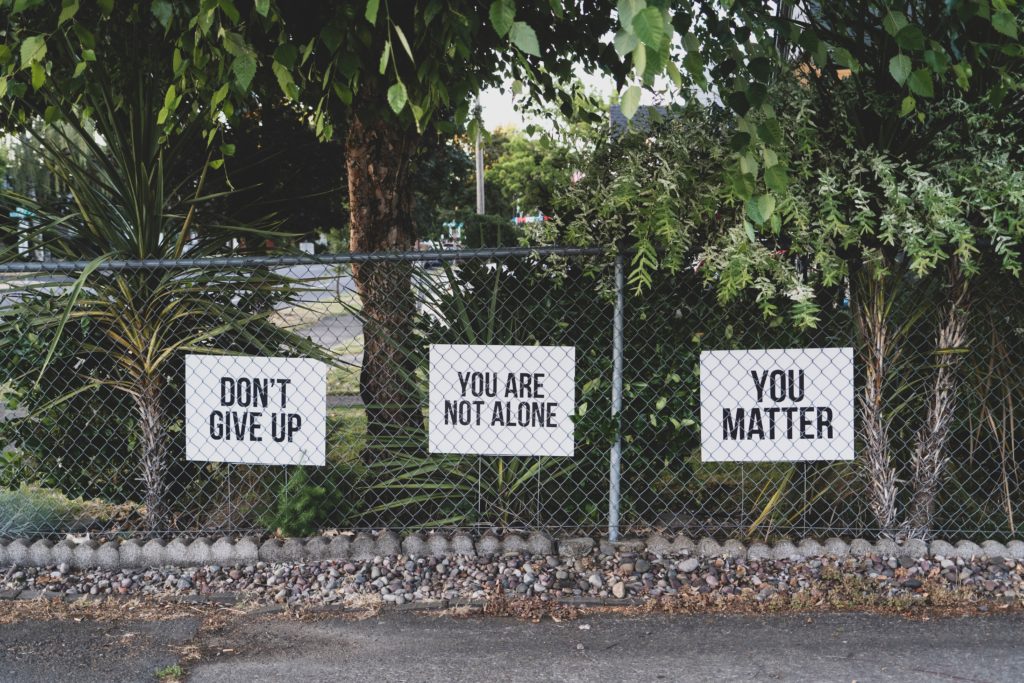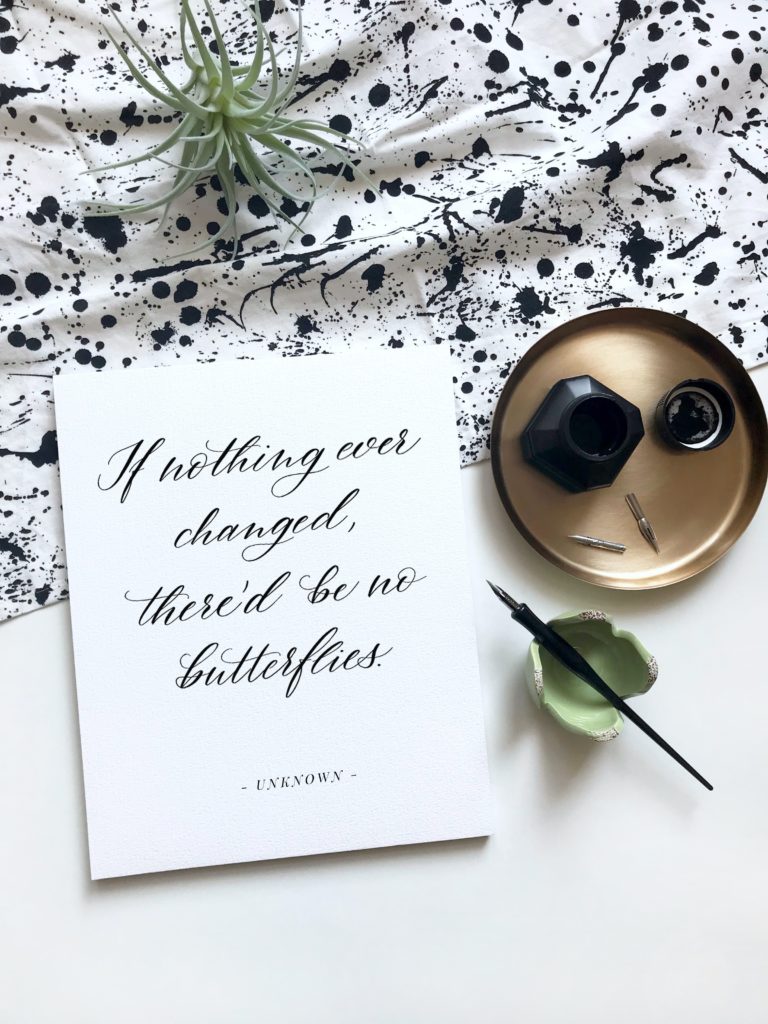
Butterflies: Proof of change for good
Change doesn’t happen comfortably.
Just when the caterpillar’s world was ending, it became a butterfly. The extenuating circumstances you are in right now are also a new beginning.
Uncertainty. Isolation. Fear. Instability. Change. Transformation. Transcendence. Each has an affect on mental health, for better or worse. Each is an opportunity for greater compassion.
 Your everyday life looks distinctly different than it did a few months ago.
Your everyday life looks distinctly different than it did a few months ago.
Whether you’ve been on lockdown, protesting with Black Lives Matter, or struggling to keep a roof over your head or business – this is a time of unprecedented and profound change.
You’re experiencing change in how you socialize, work, educate, love, heal, and relate to the world.
It’s unfamiliar, uncomfortable, and uncertain.
Traumas are triggered. Self preservation is awakened. The status quo is upended. Emotions are charged.






